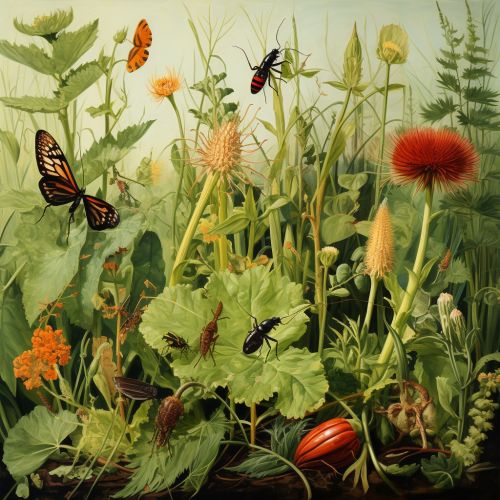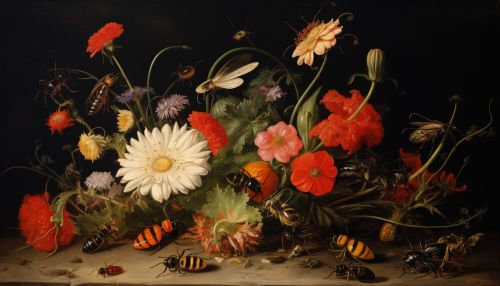Pest (organism)
Definition and Types
A pest is any organism that causes damage to humans or human concerns like farming, livestock, or landscaping. The term is often associated with insects, but can also refer to other nuisances such as weeds, plant pathogenic fungi, mice, rats, birds, snails, slugs, and nematodes. Pests can be classified into three main categories: invertebrate pests, vertebrate pests, and plant pests.


Invertebrate Pests
Invertebrate pests include insects, arachnids, and gastropods. These pests can cause significant damage to crops, stored food, and structures. They can also transmit diseases to humans and livestock. Some of the most common invertebrate pests include aphids, cockroaches, mosquitoes, termites, and spiders.
Vertebrate Pests
Vertebrate pests include mammals, birds, and reptiles. These pests can cause damage to crops, livestock, and structures. They can also pose a threat to human health by transmitting diseases. Some of the most common vertebrate pests include rats, mice, rabbits, deer, and pigeons.
Plant Pests
Plant pests are typically weeds, but can also include parasitic plants. These pests compete with crops for resources, reducing yield and quality. Some of the most common plant pests include dandelions, ragweed, and mistletoe.
Pest Control
Pest control is the management or regulation of pests. This can be achieved through various methods including biological pest control, chemical pest control, and physical pest control. The choice of method depends on the type of pest, the extent of the infestation, and the potential impact on non-target organisms and the environment.
Biological Pest Control
Biological pest control involves the use of natural enemies to control pests. This can include predators, parasites, and pathogens. The use of biological pest control can be a more sustainable and environmentally friendly option compared to chemical pest control.
Chemical Pest Control
Chemical pest control involves the use of pesticides to control pests. This can include insecticides, herbicides, and rodenticides. While effective, the use of chemical pest control can have negative impacts on the environment and non-target organisms.
Physical Pest Control
Physical pest control involves the use of mechanical methods to control pests. This can include traps, barriers, and manual removal. Physical pest control can be a safer option compared to chemical pest control, but may not be as effective for large infestations.
Impact of Pests
Pests can have significant impacts on human activities. They can cause damage to crops, reducing yield and quality. They can also damage structures, leading to costly repairs. Pests can also pose a threat to human health by transmitting diseases.
